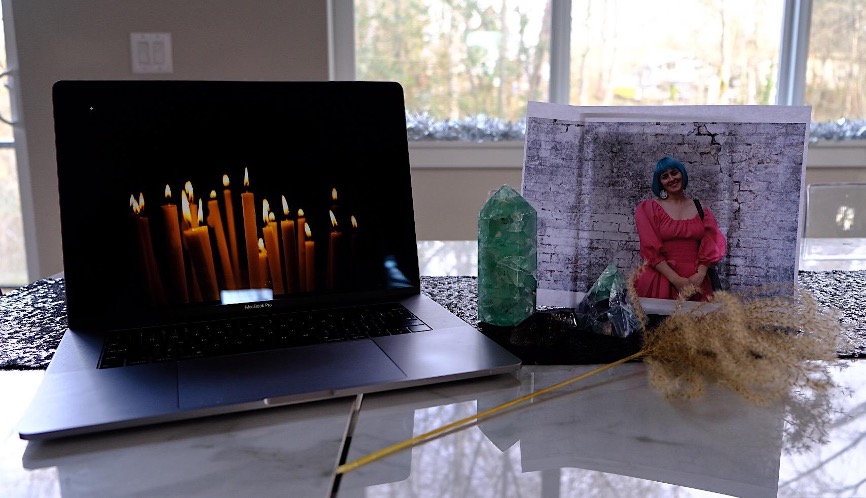
Fugitive Science: Beer Brewing & Experiments with Pharmaceuticals in Tanzania
When I originally arrived to start fieldwork in the Southern Highlands of Tanzania, I set out to observe the scientific practices through which counterfeit drugs were identified at the regional hospital. I knew, from previous fieldwork, that the hospital had a mini-lab for conducting a Thin-Layer Chromatographic Test. Two years passed before I was finally able to observe this test; one of the reasons was that the hospital was out of the iodine detection reagent needed to carry it out. During the ensuing years, I came to learn that science was happening elsewhere; not always in the laboratory or hospital, but—perhaps even more frequently—in the home, marketplace, and workshop. (read more...)







